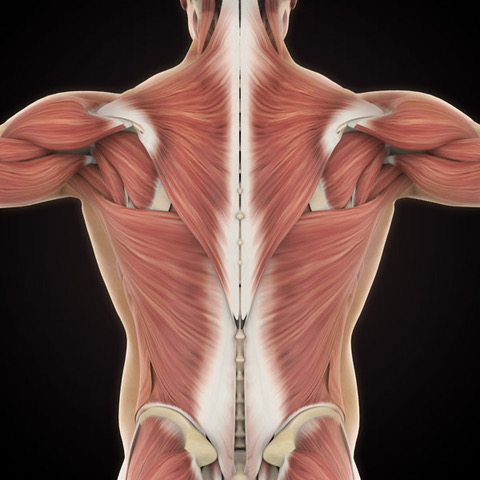Foam rollers are an effective and inexpensive way to release tight muscles and increase circulation. The most popular foam rollers are made of dense foam in the shape of a 6’ x 36’ cylinder. Usually they are used for self-myofascial release before or after a workout, but they’re useful anytime. The main target of foam rolling is fascia tissue—the soft connective tissue that surrounds muscles, ligaments, tendons, and blood vessels. The technique requires the user to use firm pressure on the roller to stretch and lengthen deep muscle tissue to increase range of motion.
Fascia tissue can be considered “healthy” or “unhealthy” depending on how flexible or stiff it is. Healthy fascia is pliable and can improve alignment, increase blood flow, aid in physical performance, and reduce the risk of injury. Unhealthy fascia is tense and can be related to poor posture, stress, dehydration and sleep deprivation. The good news is that you can maintain healthy fascia and improve unhealthy fascia with very little effort. Here are a few tips to improve the health of your fascia:
• Stretch daily. With as little as 8-10 minutes of stretching after a warmup or a cool down you can lengthen your muscles and release stress and strain from fascia tissue. Be sure to hold each stretch for 20-30 seconds, or 2-to-3 deep breaths.
• Foam rolling. Release tight muscles and pinpoint tension with a simple foam rolling routine. Target your back, lats, glutes, hamstrings, IT band (outer hips and thighs), quads, and calves. Perform each exercise for 20-30 seconds. Roll longer over tight spots or areas of discomfort.
• Stay hydrated. Keep your fascia and internal system happy with plain water. One method of measurement is to drink half your body weight in ounces of water throughout the day.
Back To Blog

